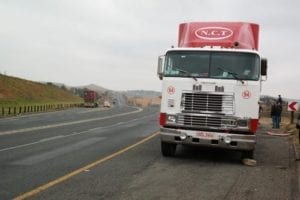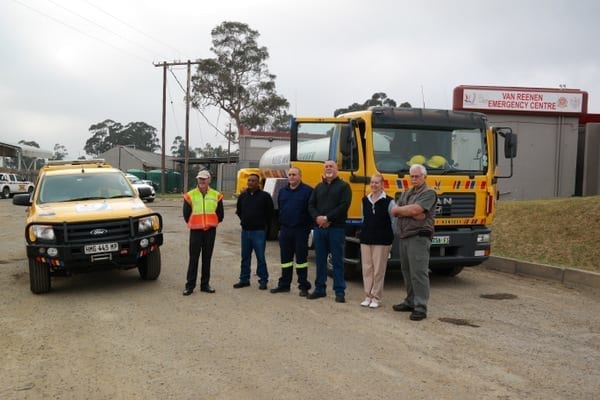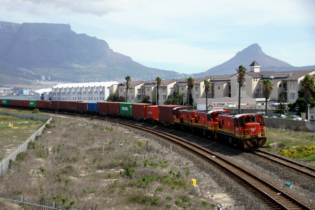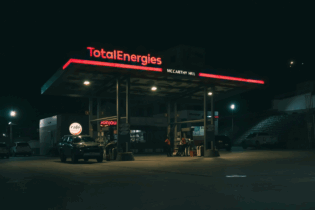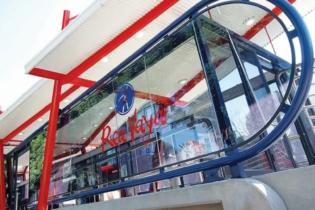Tollcare is the contractor responsible for all route services along the N3. An important task is to man the bespoke snow vehicle as and when required. The particular tanker used to deal with snow is filled with an 8% brine solution, which is used on the roads before snow occurs and eliminates black ice from forming on the tarmac.
The N3’s “snow zone” starts halfway down Van Reenan’s Pass. There are two arrestor beds – an upper one and a lower one – with the brine sprayed all the way from the lower arrestor bed, through to Harrismith, ending in Warden. Travelling at a maximum speed of 40 km/h means that a police escort has to accompany the vehicle. Being a fire truck, it is also used to control veld fires or vehicle fires outside the snow season.
The Van Reenan Emergency Centre (VREC) works together with the Free State Roads Department, which has graders on standby. There’s one joint operating centre (JOC) in Harrismith and another one in Ladysmith. Due to the location, both provinces have to respond to emergencies, with the JOCs controlling, managing, communicating, and coordinating rescue operations.
VREC staff say it’s important to keep vehicles moving during bad weather. The moment a truck jackknifes on Van Reenan’s Pass, entry into Harrismith is closed off and the Tugela Toll Plaza is shut. The priority is to shut the road, sometimes as far as Wilge and Bethlehem. People want to see the snow but arrive unprepared for it. Truck drivers have been known to arrive wearing shorts and t-shirts and then have to sit in their trucks for eight hours or more.
Route Services vehicles are capable of dealing with accident scenes and medically trained staff attend to injuries. Truck fires are typically started from either tyres or overheating brakes, which are distinguished easily if promptly dealt with. In one memorable incident for the VREC team, a bus caught fire because grass thatching had been stuffed into its load compartment.
The nearest dedicated fire engine on Van Reenan’s Pass is stationed 60 km to 80 km away, in Ladysmith. Strong winds frequently cause havoc, but the team has a strategy to mitigate this: it directs fully laden vehicles into the two fast lanes, while unladen vehicles are placed into the slow lanes. Light, high-sided vehicles are thus shielded from the wind by the fully laden trucks. While the highest wind speed recorded on the N3 route was 141 km/h, once wind speeds rise above 80 km/h, the communication centre starts tweeting warning messages and the VREC braces itself for action.
…continued in part five.
What else to read
Additional Reading?
Request Free CopyRelated Articles
Jul 28, 2025
Government Grants Transnet R94Bn Guarantee Boost
Government has approved two additional guarantees totalling R94.8 billion for Transnet to help the state-owned logistics company meet its debt obligations, maintain adequate liquidity, and mitigate the risk of further credit rating downgrades. The...
Aug 6, 2025
Petrol Prices Set to Decrease, Diesel on the Up
Petrol consumers will breathe a sigh of relief at the pumps this month, as the Department of Mineral and Petroleum Resources (DMPR) has announced a decrease in the price of fuel for the month of August. Those who use diesel and paraffin, however,...
Jun 25, 2025
Putting The “Rapid” Back In Bus Rapid Transit
When the City of Johannesburg launched Rea Vaya in August 2009, it marked a historic moment – not just for the city, but for the entire continent. As the first full Bus Rapid Transit (BRT) system in Africa, Rea Vaya was a bold, visionary step...


